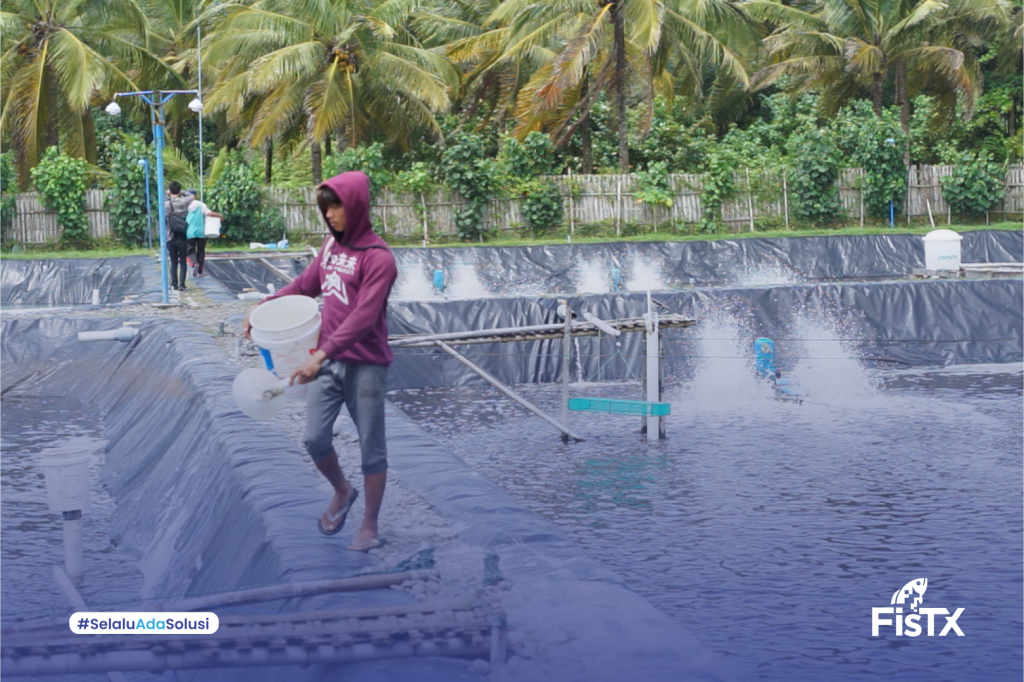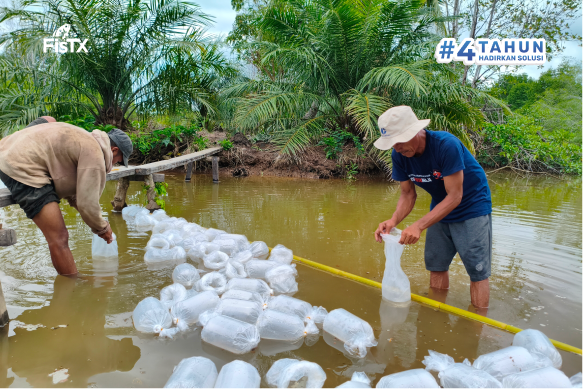
5 Vannamei Shrimp Diseases to Be Cautious Of
The rapidly growing shrimp farming industry is faced with the risk of diseases that can affect shrimp health and productivity. Amid environmental issues that plague shrimp farming, Vannamei shrimp diseases continue to haunt every farming activity. This article will discuss several common Vannamei shrimp diseases experienced by farmers, namely IHHNV, AHPND, EHP, and WFD. Let's understand the causes, characteristics, symptoms, and ways to overcome them.
1. IHHNV (Infectious Hypodermal and Hematopoietic Necrosis Virus)
- Cause: Caused by a virus that infects shrimp cells, especially in the skin and hematopoietic system.
- Characteristics: White spots appear on the shrimp's skin.
- Symptoms: Loss of appetite, reduced growth, changes in shrimp color, stunted growth.
- Prevention: Implement strict biosecurity measures, quarantine new shrimp, and conduct regular health checks.
2. AHPND (Acute Hepatopancreatic Necrosis Disease)
- Cause: Caused by the bacterium Vibrio parahaemolyticus, damaging the shrimp's hepatopancreatic organ.
- Characteristics: Shrimp appear weak, pale, with hepatopancreatic necrosis and atrophy.
- Symptoms: Rapid death, loss of appetite, abnormal swimming activities.
- Prevention: Implement good water quality management, choose SPF-certified larvae, and apply good aquaculture practices (GAPs).
3. EHP (Enterocytozoon hepatopenaei)
- Cause: Caused by the protozoan EHP infecting shrimp hepatopancreas.
- Characteristics: Reduced growth and weight loss.
- Symptoms: Weak shrimp, decreased appetite, changes in skin color, and decreased activity.
- Prevention: Avoid using infected host organisms, implement quarantine measures, and perform regular health checks.
4. TSV (Taura Syndrome Virus)
- Cause: Caused by Vibrio bacteria that harm shrimp.
- Characteristics: Changes in major shrimp organs, such as the lymphoid organ.
- Symptoms: Empty digestive tract, deformities in the shell, molting disorders, red coloration, damaged cuticle, and changes in shell and body color.
- Prevention: Implement strict biosecurity and isolate infected shrimp detected early.
5. WSSV (White Spot Syndrome Virus)
- Cause: Caused by a virus attacking in poorly managed water environments.
- Characteristics: White spots on shrimp, causing massive shrimp deaths in a short time.
- Symptoms: White spots on shrimp, paler color, shrimp anorexia, weak swimming activities, and loss of appetite.
- Prevention: Implement strict biosecurity, use disinfection, and provide vitamins to improve the immune system.
Shrimp diseases can pose a serious threat to this industry. By understanding the causes, characteristics, symptoms, and implementing the right prevention measures, farmers can protect the health and sustainability of their shrimp populations. Strict biosecurity practices and regular health monitoring are key to mitigating disease risks in shrimp farming.
Adding Vitamins to Boost Immunity

Vannamei shrimp diseases are always present in every shrimp farming activity. What needs to be done to reduce shrimp infection by diseases is prevention. Shrimp farmers can prevent shrimp diseases by providing vitamins during farming. One of them is by providing Hepatop. Feed Additive for shrimp containing multivitamins and minerals, beneficial in preventing shrimp diseases especially in the early stage of hepatopancreas.
You can consult shrimp farming FOR FREE with the FisTx aquaculture team here.


